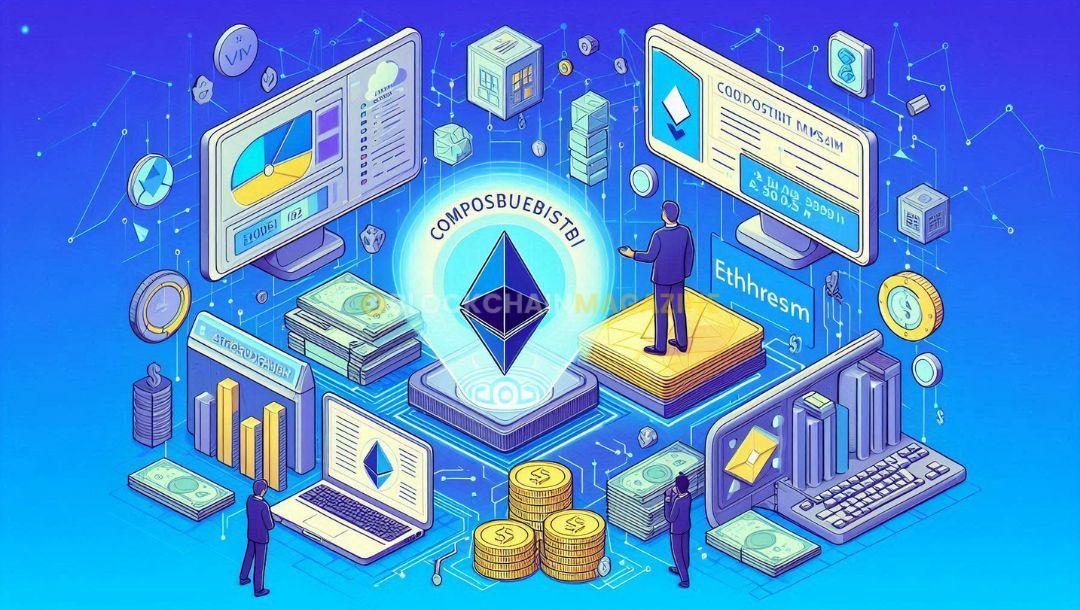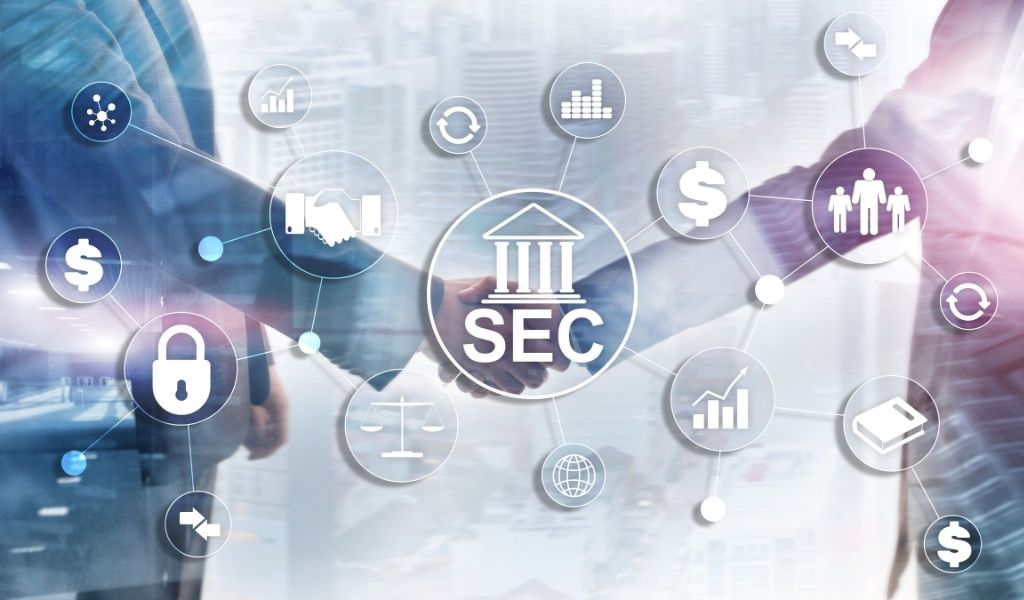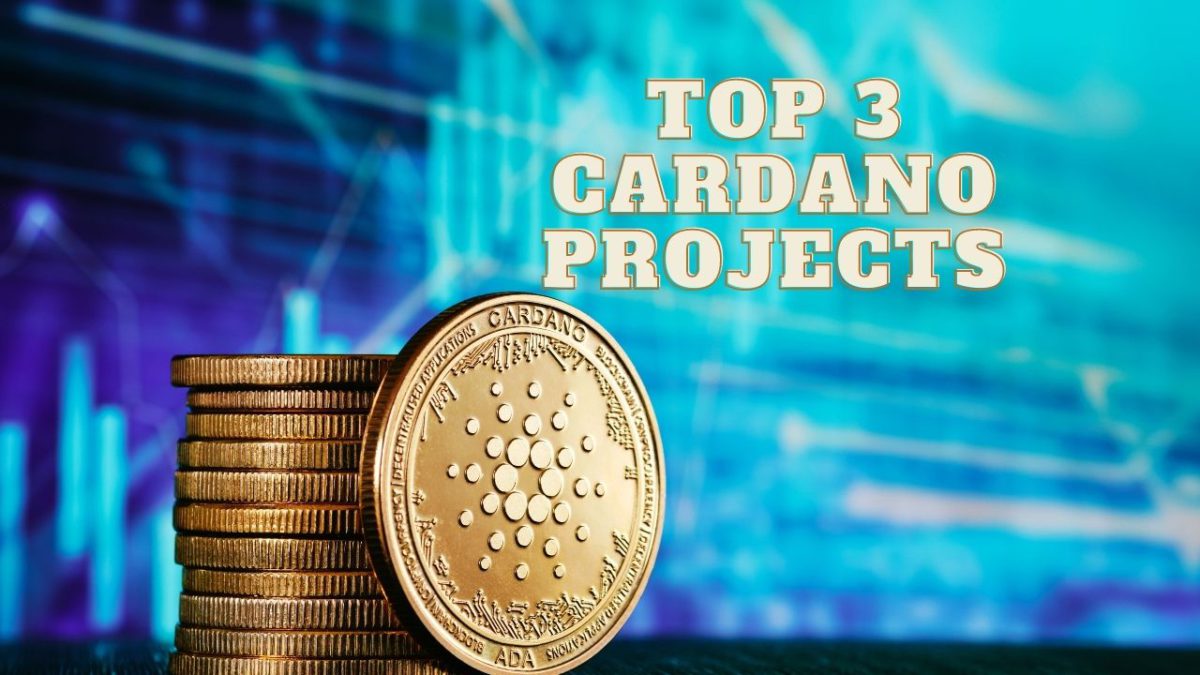Composability In DeFi: How The Amazing Ethereum’s Modular Ecosystem is Changing Finance in 2024
Decentralized Finance (DeFi) has undergone rapid evolution since its inception, becoming one of the most impactful and innovative sectors within blockchain technology. At the heart of this revolution is Ethereum, the largest smart contract platform that serves as the backbone for most DeFi protocols. One of the key factors behind Ethereum’s success is the concept of composability, which allows different DeFi applications to interconnect and build on one another like Lego blocks.
In 2024, composability is driving Ethereum’s modular ecosystem to new heights, transforming how financial products and services are built, accessed, and utilized. By enabling different decentralized applications (dApps) to interact seamlessly, composability enhances efficiency, scalability, and innovation within the DeFi space. This modular approach to finance is empowering both users and developers, unlocking new opportunities and pushing the boundaries of traditional financial systems.
This article explores Composable DeFi, its role within Ethereum’s modular ecosystem, and how it is revolutionizing the financial industry in 2024.
What is Composability in DeFi?
In the context of DeFi, composability refers to the ability of decentralized applications and protocols to interoperate with one another, allowing developers to create complex and innovative financial products by combining different building blocks. Think of composability as the financial equivalent of Lego bricks: each dApp or protocol is a brick that can be used independently or in combination with others to build more sophisticated financial structures.
Composability is made possible by Ethereum’s open-source nature, where every smart contract is permissionless, meaning that any dApp or developer can interact with and build on top of existing protocols without needing explicit approval. This modularity enables DeFi protocols to share liquidity, leverage existing infrastructures, and optimize for capital efficiency—all while remaining interoperable.
Key Characteristics of Composability in DeFi:
- Interoperability: dApps and protocols can communicate with each other, allowing users and developers to mix and match different services, such as lending, borrowing, trading, or staking, to create unique financial products.
- Permissionless Innovation: Anyone can build on top of existing protocols, promoting rapid experimentation and innovation without requiring permission or complex integrations.
- Capital Efficiency: By reusing liquidity and leveraging existing financial infrastructure, composability enhances the efficiency of capital deployment in DeFi.
- Open-Source Collaboration: The open-source nature of Ethereum fosters collaboration between projects, leading to more secure and reliable financial products and services.
Composability has played a crucial role in making DeFi more accessible, versatile, and powerful. By allowing protocols to interact seamlessly, it has transformed DeFi into a financial ecosystem where new applications and use cases can emerge organically, based on the needs of the community.
Also, read – How Is DeFi Changing The Lending Routes Of Blockchain World
The Rise of Modular DeFi on Ethereum
As Ethereum continues to evolve, the DeFi ecosystem has shifted towards a modular architecture, where specialized protocols focus on solving individual problems while remaining interoperable with others. This modularity has led to the creation of financial “primitives”—core building blocks that can be composed and recomposed to create entirely new products and services.
Modular DeFi vs. Monolithic DeFi
In earlier stages of DeFi development, protocols often took a monolithic approach, where a single platform would attempt to offer a wide range of financial services (e.g., lending, borrowing, staking, and trading) within one ecosystem. While this approach allowed platforms to capture a larger share of the DeFi market, it also led to scalability and liquidity issues, as each protocol needed to manage and maintain its own liquidity pools and infrastructure.
In contrast, modular DeFi breaks down these services into specialized components that can be composed with others. For instance, a lending protocol like Aave can integrate with a liquidity pool like Uniswap, or a yield aggregator like Yearn Finance can leverage multiple DeFi protocols to maximize returns. By separating financial functions into distinct modules, DeFi protocols can scale more efficiently and focus on providing best-in-class services for their specific use cases.
Core Components of Ethereum’s Modular DeFi Ecosystem
Ethereum’s composable DeFi ecosystem comprises a range of key components, each serving as a foundational “primitive” in the broader financial network. These components can be combined to create more complex financial services.
1. Automated Market Makers (AMMs)
Automated Market Makers (AMMs) like Uniswap, SushiSwap, and Curve are at the core of DeFi composability. They allow users to trade assets directly from their wallets in a decentralized and permissionless manner by providing liquidity to pools and earning transaction fees. AMMs enable seamless token swapping across DeFi protocols and serve as essential building blocks for liquidity provisioning in decentralized exchanges (DEXs).
Composability allows these AMMs to be integrated into other dApps, such as yield aggregators, lending platforms, and portfolio management tools, creating a unified financial experience for users.
2. Lending and Borrowing Protocols
Lending platforms like Aave and Compound are crucial to DeFi’s modular ecosystem. These protocols allow users to lend their assets and earn interest or borrow funds by providing collateral. Through composability, lending protocols can interact with liquidity providers and decentralized exchanges, enabling users to use their lent or borrowed assets across different protocols.
For instance, a user can deposit ETH into Aave, receive an interest-bearing token (like aETH), and then use that token as collateral in another protocol, maximizing capital efficiency.
3. Yield Aggregators
Yield aggregators like Yearn Finance simplify the process of earning yield in DeFi by automatically moving assets across different lending platforms and liquidity pools to find the highest return. Composability allows these aggregators to tap into various DeFi protocols without needing users to manage their positions manually.
Through modular integration, yield aggregators enhance user returns by optimizing strategies across multiple DeFi platforms while benefiting from composable liquidity sources.
4. Derivatives and Synthetics
Protocols like Synthetix and dYdX allow users to trade synthetic assets or derivatives that represent real-world assets or complex financial instruments, such as futures or options, in a decentralized environment. These protocols can be composed with liquidity pools and decentralized exchanges to create robust and diverse trading environments.
The introduction of synthetic assets in DeFi enables users to gain exposure to a wide range of assets without needing to own the underlying collateral, opening up new possibilities for cross-market liquidity and global financial inclusion.
5. Stablecoins
Stablecoins like DAI (issued by MakerDAO), USDC, and USDT have become essential components of Ethereum’s DeFi ecosystem. Their price stability makes them ideal for trading, lending, borrowing, and liquidity provisioning. Stablecoins can be composed with various DeFi services, from yield farming to derivatives trading, providing a stable medium of exchange and store of value in an otherwise volatile environment.
Composability and DeFi Innovation in 2024
In 2024, composability is driving the creation of increasingly sophisticated and innovative financial products, enabling DeFi to expand beyond its early use cases. Some of the key trends and innovations resulting from composability in 2024 include:
1. Composability in Cross-Chain DeFi
As Ethereum’s Layer 1 becomes more congested and expensive, Layer 2 scaling solutions (such as Optimism and Arbitrum) and cross-chain bridges have become critical for expanding DeFi’s reach. Cross-chain composability allows protocols and assets to move seamlessly between Ethereum and other blockchain networks like Polygon, Avalanche, or Binance Smart Chain.
This interoperability between different blockchains facilitates the movement of liquidity across ecosystems, unlocking new opportunities for yield farming, lending, and trading. As a result, users can enjoy lower fees, faster transactions, and broader access to DeFi products, regardless of the underlying network.
2. Real-World Asset Integration
In 2024, DeFi is increasingly integrating real-world assets (RWAs) into its ecosystem, providing users with access to traditional financial instruments such as real estate, bonds, and equities through tokenization. Composability allows these tokenized assets to be used across various DeFi protocols for lending, borrowing, or trading.
For example, protocols like Centrifuge and Goldfinch are tokenizing RWAs and offering them as collateral in DeFi lending platforms, enabling users to take out loans against real estate or invoices. This expansion into traditional finance markets brings new liquidity to DeFi while attracting institutional investors seeking exposure to DeFi yields.
3. DeFi x NFTs
In 2024, the boundary between DeFi and non-fungible tokens (NFTs) continues to blur. NFT-based financial products, such as NFT collateralized loans or fractionalized NFT ownership, have emerged as new use cases for composability. Protocols like NFTfi and Arcade allow users to borrow against the value of their NFTs, while others, like Fractional, let users buy fractions of expensive NFTs and trade them in a liquid market.
Composability enables NFTs to be integrated into traditional DeFi use cases, such as staking or liquidity provisioning, opening up new financial opportunities for NFT holders.
Challenges of Composability in DeFi
While composability unlocks immense potential, it is not without challenges. Some of the key obstacles that DeFi protocols face in maintaining composability include:
1. Security Risks
Composability inherently increases the complexity of interactions between smart contracts, leading to higher risks of smart contract vulnerabilities. If one protocol in a composable chain is compromised, it can have a cascading effect on all connected protocols, potentially resulting in significant losses for users. As DeFi continues to grow, ensuring the security of interconnected protocols is critical.
2. Fragmentation
As the DeFi ecosystem expands to multiple blockchains and Layer 2 solutions, fragmentation becomes a concern. While cross-chain composability addresses some of these issues, liquidity fragmentation across different networks can reduce the overall efficiency of DeFi protocols. Finding solutions to unify liquidity pools across chains remains a top priority for developers.
Conclusion: The Future of Composable DeFi in 2024 and Beyond
Composable DeFi represents one of the most transformative innovations in the blockchain space, allowing Ethereum’s modular ecosystem to create an ever-expanding universe of financial products and services. In 2024, this concept continues to shape the future of decentralized finance, driving increased adoption, innovation, and accessibility.
By leveraging the power of composability, Ethereum has created a decentralized financial system that empowers users with greater control over their assets, access to global liquidity, and the ability to participate in a wide array of financial services without the need for intermediaries.
As Ethereum’s ecosystem evolves with Layer 2 solutions, cross-chain interoperability, and the integration of real-world assets, composability will remain the cornerstone of DeFi’s future, enabling a more inclusive, efficient, and decentralized financial system for all.
Stay informed with daily updates from Blockchain Magazine on Google News. Click here to follow us and mark as favorite: [Blockchain Magazine on Google News].
Get Blockchain Insights In Inbox
Stay ahead of the curve with expert analysis and market updates.
latest from tech
Disclaimer: Any post shared by a third-party agency are sponsored and Blockchain Magazine has no views on any such posts. The views and opinions expressed in this post are those of the clients and do not necessarily reflect the official policy or position of Blockchain Magazine. The information provided in this post is for informational purposes only and should not be considered as financial, investment, or professional advice. Blockchain Magazine does not endorse or promote any specific products, services, or companies mentioned in this posts. Readers are encouraged to conduct their own research and consult with a qualified professional before making any financial decisions. The featured image used is just a creative depiction of the title and it does not intend to hurt sentiments of any person or institution. If it hurts anyone sentiments, please do not hesitate to reach out to Blockchain Magazine.

 Bitcoin
Bitcoin  Ethereum
Ethereum  XRP
XRP  Tether
Tether  Solana
Solana  Dogecoin
Dogecoin  USDC
USDC  Cardano
Cardano  Lido Staked Ether
Lido Staked Ether  TRON
TRON  Chainlink
Chainlink  Avalanche
Avalanche  Wrapped stETH
Wrapped stETH  Stellar
Stellar  Wrapped Bitcoin
Wrapped Bitcoin  Sui
Sui  Hedera
Hedera  Toncoin
Toncoin  Shiba Inu
Shiba Inu  WETH
WETH  Polkadot
Polkadot  Parkcoin
Parkcoin  LEO Token
LEO Token  Litecoin
Litecoin  Bitget Token
Bitget Token  Bitcoin Cash
Bitcoin Cash  Uniswap
Uniswap  Official Trump
Official Trump  Hyperliquid
Hyperliquid  Wrapped eETH
Wrapped eETH  Pepe
Pepe  USDS
USDS  NEAR Protocol
NEAR Protocol  Ethena USDe
Ethena USDe  Aave
Aave  Aptos
Aptos  Internet Computer
Internet Computer  Ondo
Ondo  WhiteBIT Coin
WhiteBIT Coin  Ethereum Classic
Ethereum Classic  POL (ex-MATIC)
POL (ex-MATIC)  Monero
Monero  Algorand
Algorand  Cronos
Cronos  OKB
OKB  Mantle
Mantle  Dai
Dai  Render
Render 




